Gary, a retired airline product development engineer in Montana, recently converted a Ram ProMaster cargo van into an efficient, green RV. Not only is his van conversion a great example of layout design, but his comprehensive website covers everything from the cost breakdown and diagrams to tours of other DIY van camper conversions.
Gary’s comprehensive website teaches you how to convert a cargo van into an RV.
He and his wife enjoy camping, but after their Coachman Class B was destroyed in a highway crash, they decided to avoid the high gas bills and C02 emissions of larger RVs and design a camper with a smaller footprint. Because of its size and maneuverability, the Ram ProMaster is normally used as an urban cargo and storage van for small businesses, electricians and deliveries.
The cargo van is 18 feet long and was purchased for $36,000. It gets 20 mpg.
To document the van conversion, Gary created a website, Build a Green RV, that covers everything from the initial build and operating costs of the van to carbon emissions, maneuverability, layout flexibility and living conditions. It also includes information on how well it runs on back roads and jeep trails.
Gary mocked up a full size version of the interior layout before beginning the conversion.
After a few paper sketches and SketchUp models – and even a full-size mockup in the van – Gary came up with the floor plan he wanted: two twin day beds near the rear door and a small kitchen with a sink and stove behind the driver’s seat. The floor plan also includes a DIY composting toilet behind the passenger chair made from a bucket and disguised as a seat.
The van’s composting toilet is disguised as a seat.
Gary’s website features excellent diagrams of various DIY projects, including a homemade toilet system.
Build a Green RV also covers flooring options, how to install windows in a cargo van, various types of insulation and an extensive description and diagrams for installing electrical components and solar panels. Gary also goes into great detail on the van’s fresh and gray water systems. The van has a 17 gallon fresh water tank and Gary and his wife take sponge bath showers while on the road. The 11 gallon gray water tank is located under the floor of the van.
The electrical components and the fresh water tank are located under the twin beds.
The gray water tank is held under the van by metal straps.
The stylish galley kitchen was built by hand and includes an Atwood two burner camp stove, a small microwave and a Norcold NB751 three cubic foot model that uses the Danfoss refrigeration unit. The bar sink is from Houzer. Gary also built a few overhead cabinets as well as cubby holes by the beds. The van is heated with an Atwood 8200 with a 9,100 BTU/hr output and uses about 0.13 gallons of propane per hour.
The galley kitchen contains an RV stove, sink, refrigerator and a heater.
Gary built additional storage complete with a handy overhead light.
The two beds, built with medium density plywood, also act as sofas and dining seats during the day. The mattresses were custom made from futons and the hinged lids under the beds hide away the fresh water tank, electrical system and propane tank. The storage areas even have access doors in the side as well as the top.
The two custom-made beds include mattresses constructed from futons.
The beds have storage underneath that can also be accessed from the side.
Gary even built cubby holes for the beds into the van frame.
The interior is kept cool (or warm) and private with insulation screens from EuroCampers and DIY thermal curtains made with the awesome Reflectix material. Reflectix is a bubble wrap with aluminum finish on both sides that can be used for various camping projects.
The van is kept warmer (and private) with insulated screens from EuroCampers.
The total cost of the conversion was $6,038 and Gary figures he spent about 185 hours working on the van. If you are thinking about converting your own van into an RV, Gary mentions that other cargo vans like the Mercedes Sprinter, Ford Transit, and the Nissan NV passenger van are similar versions of the ProMaster with good headroom and amenities as well as good gas mileage.
Photos courtesy of Build a Green RV

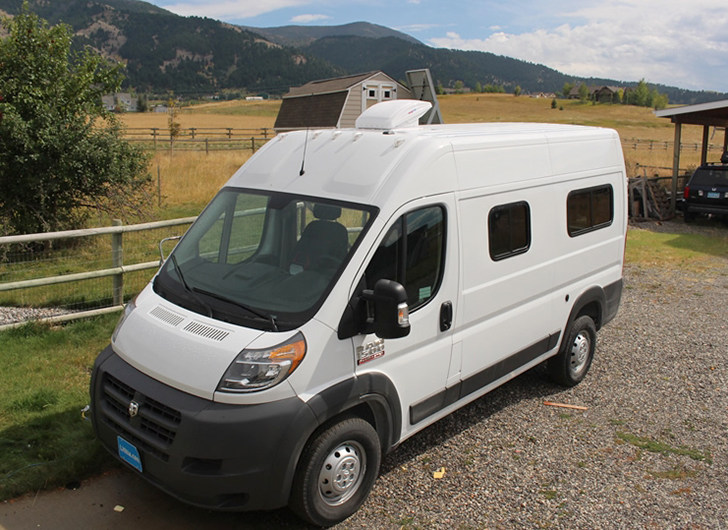
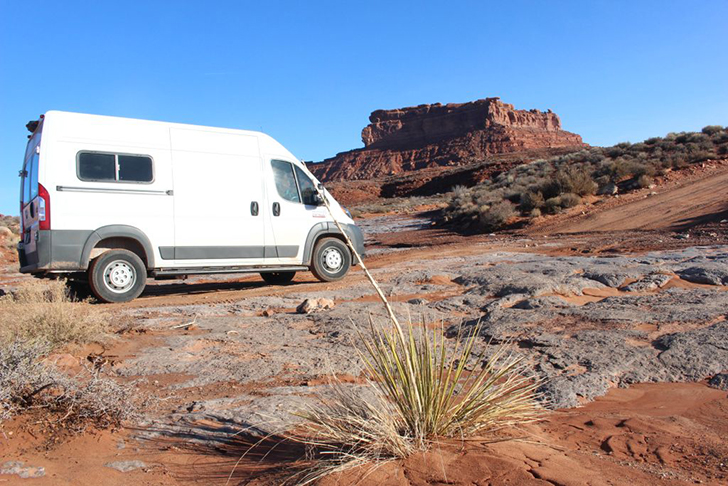
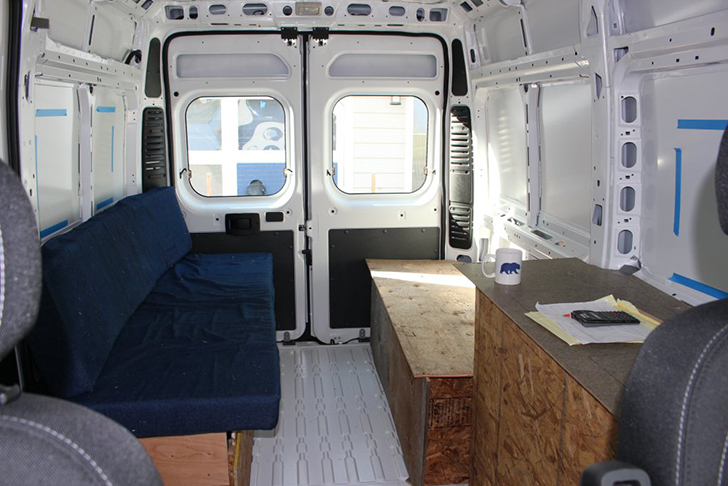
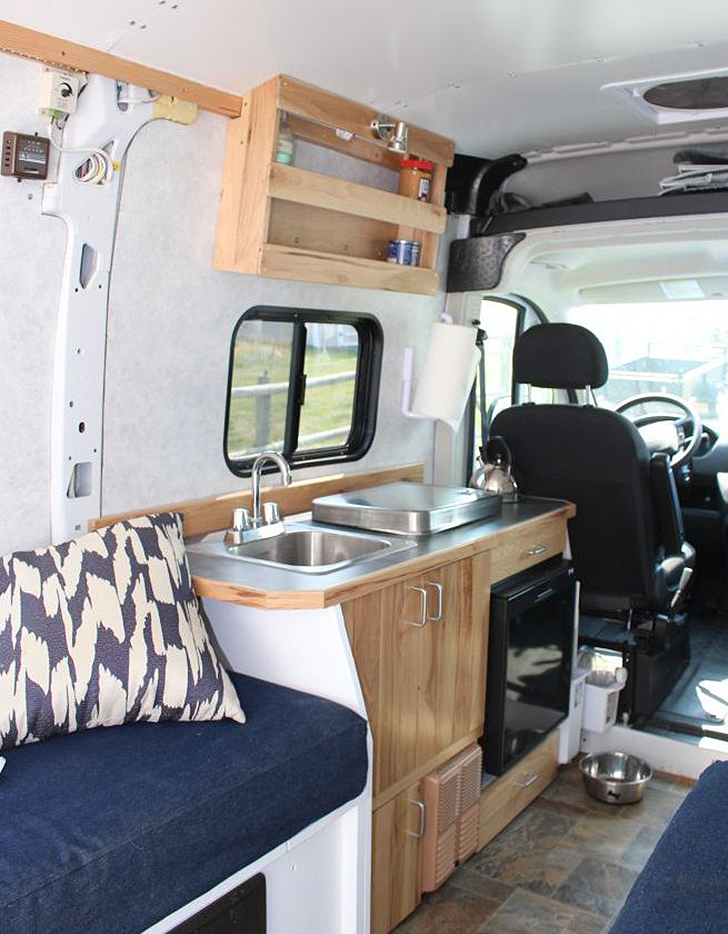
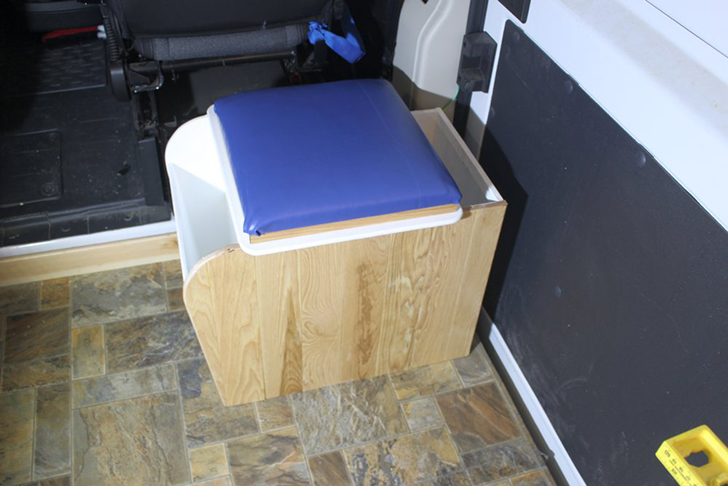
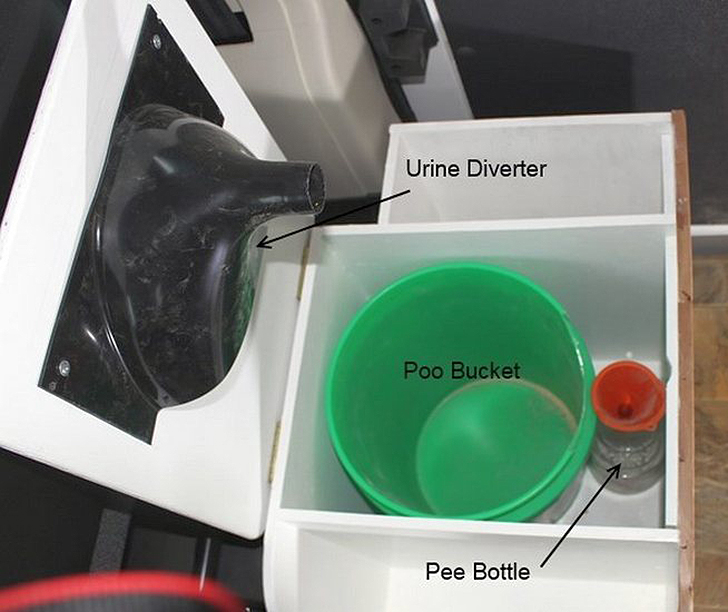
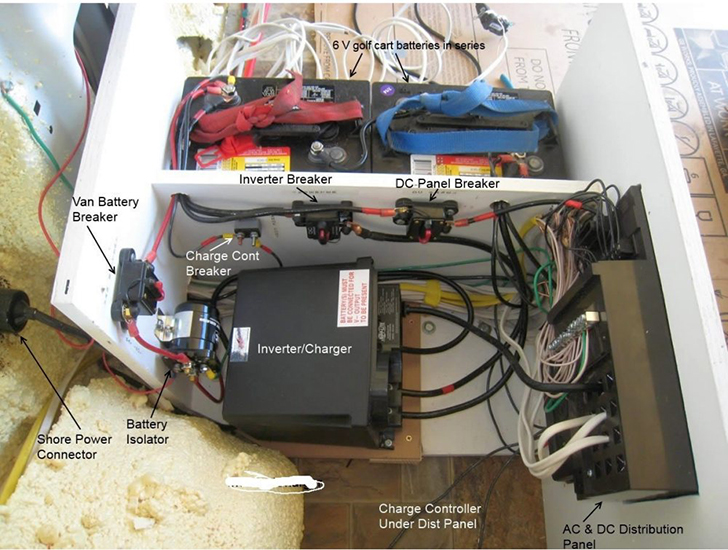
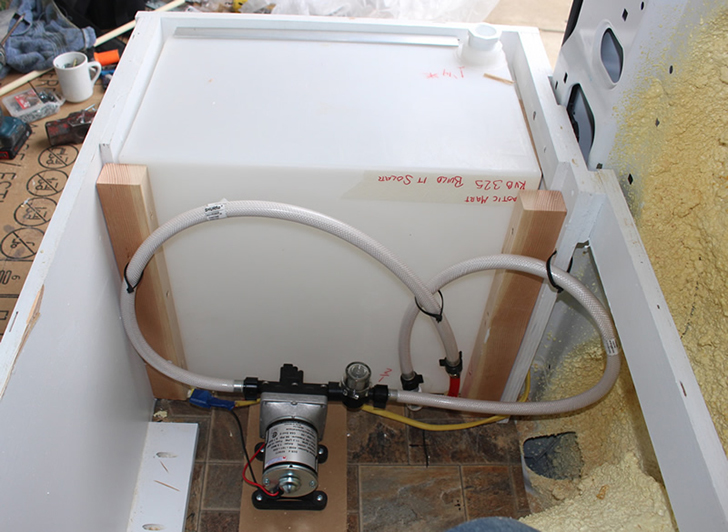
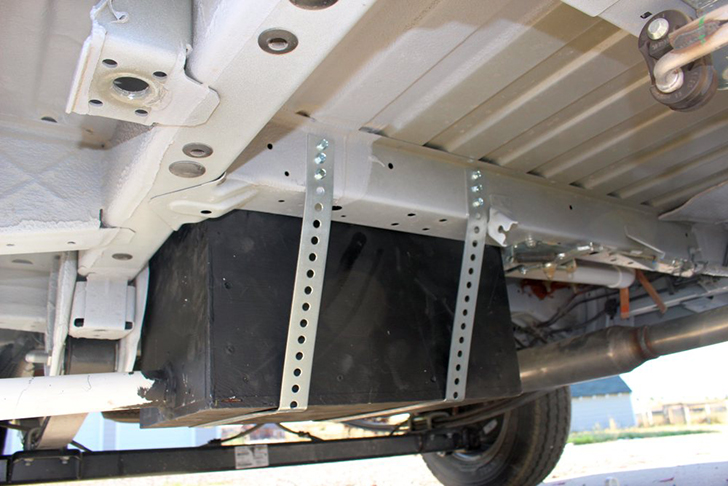
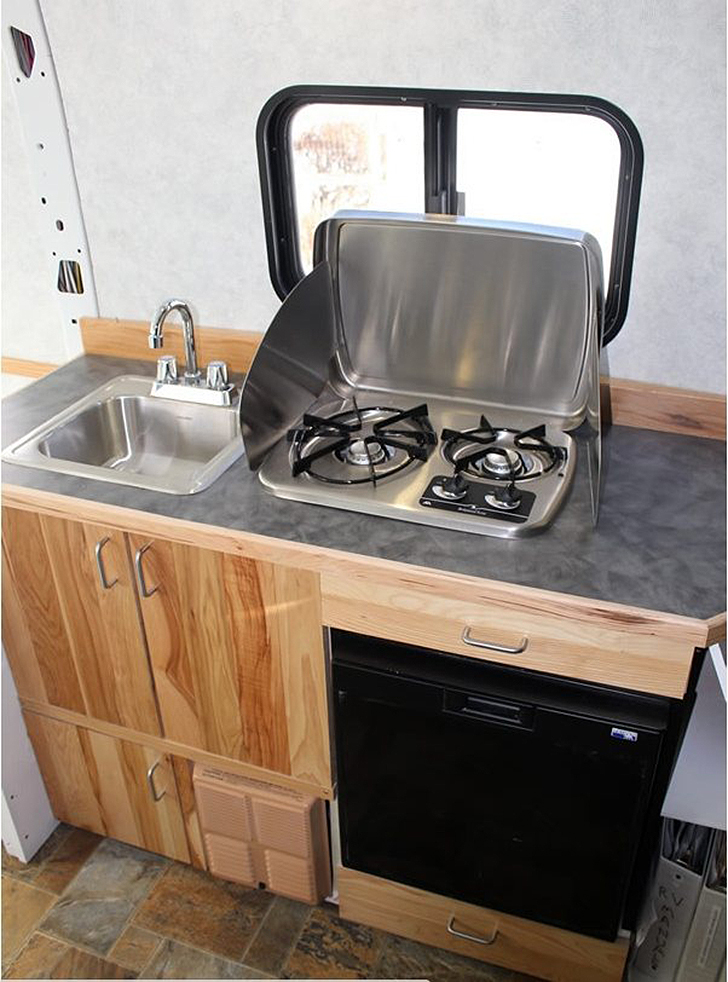
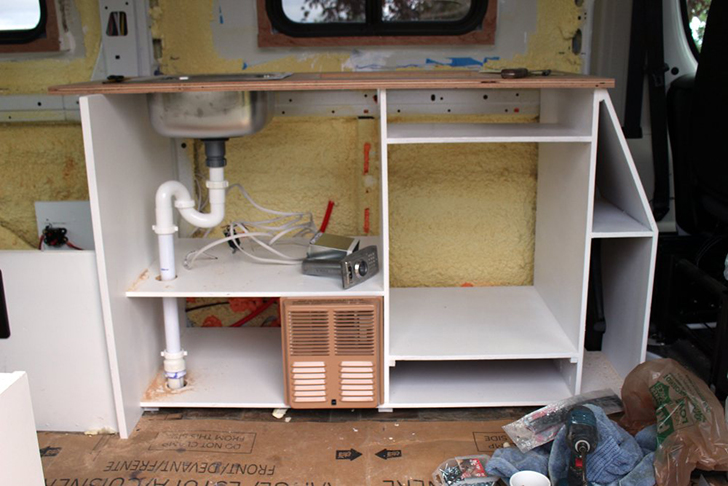
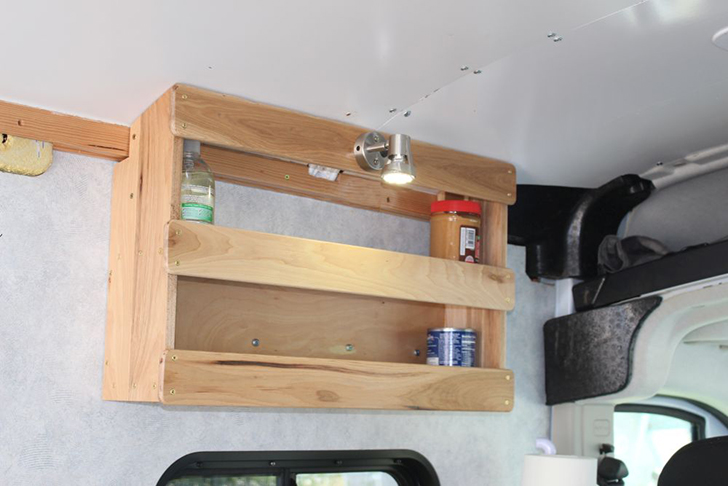
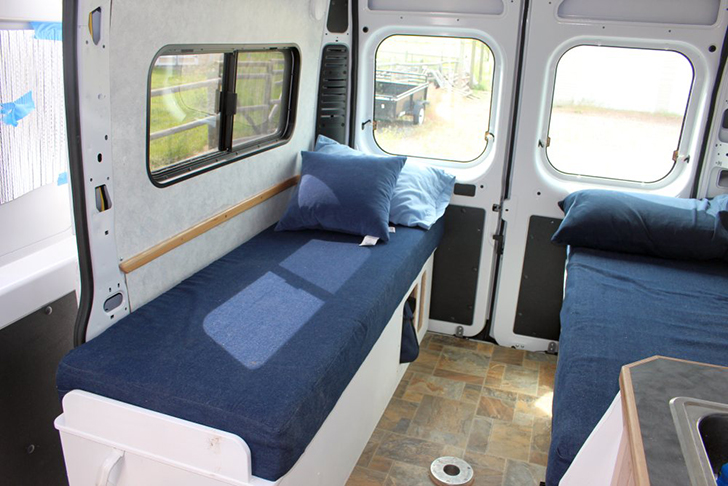
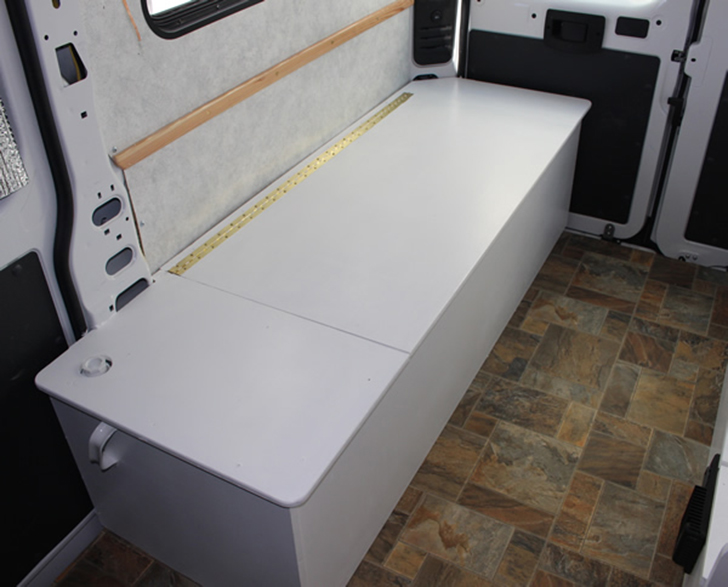
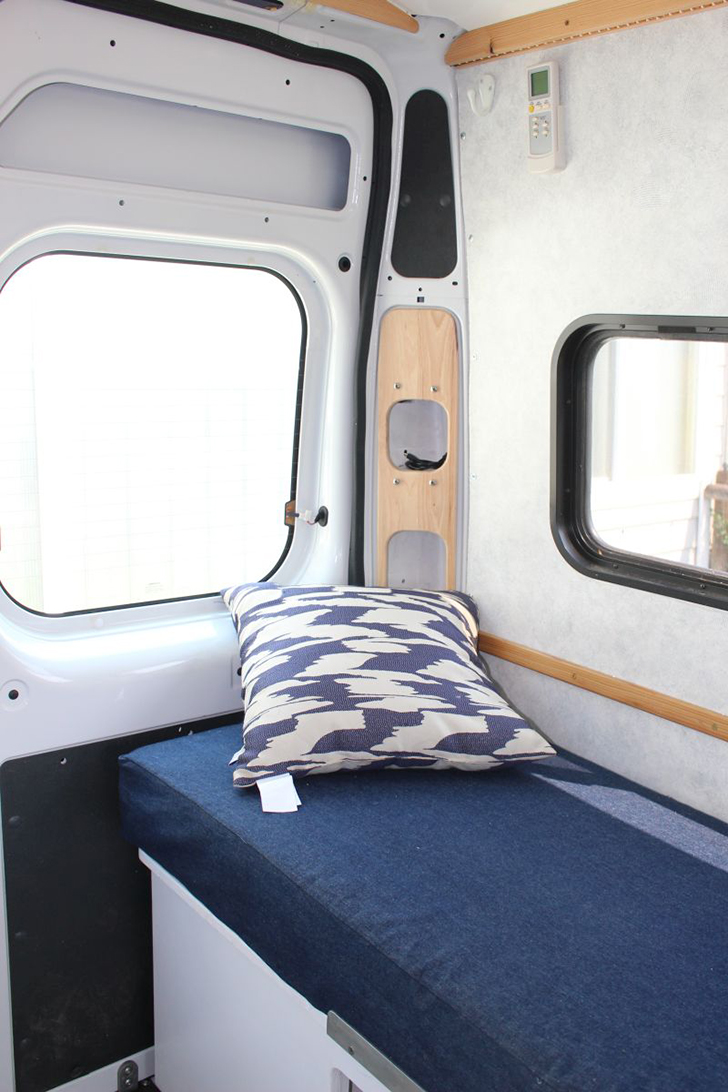
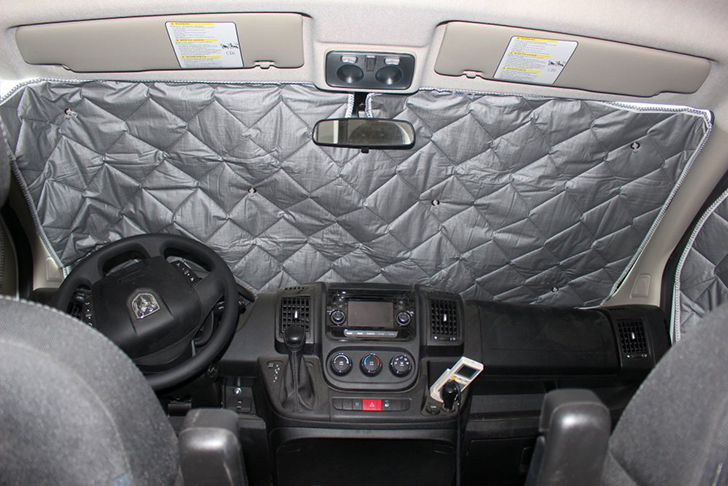
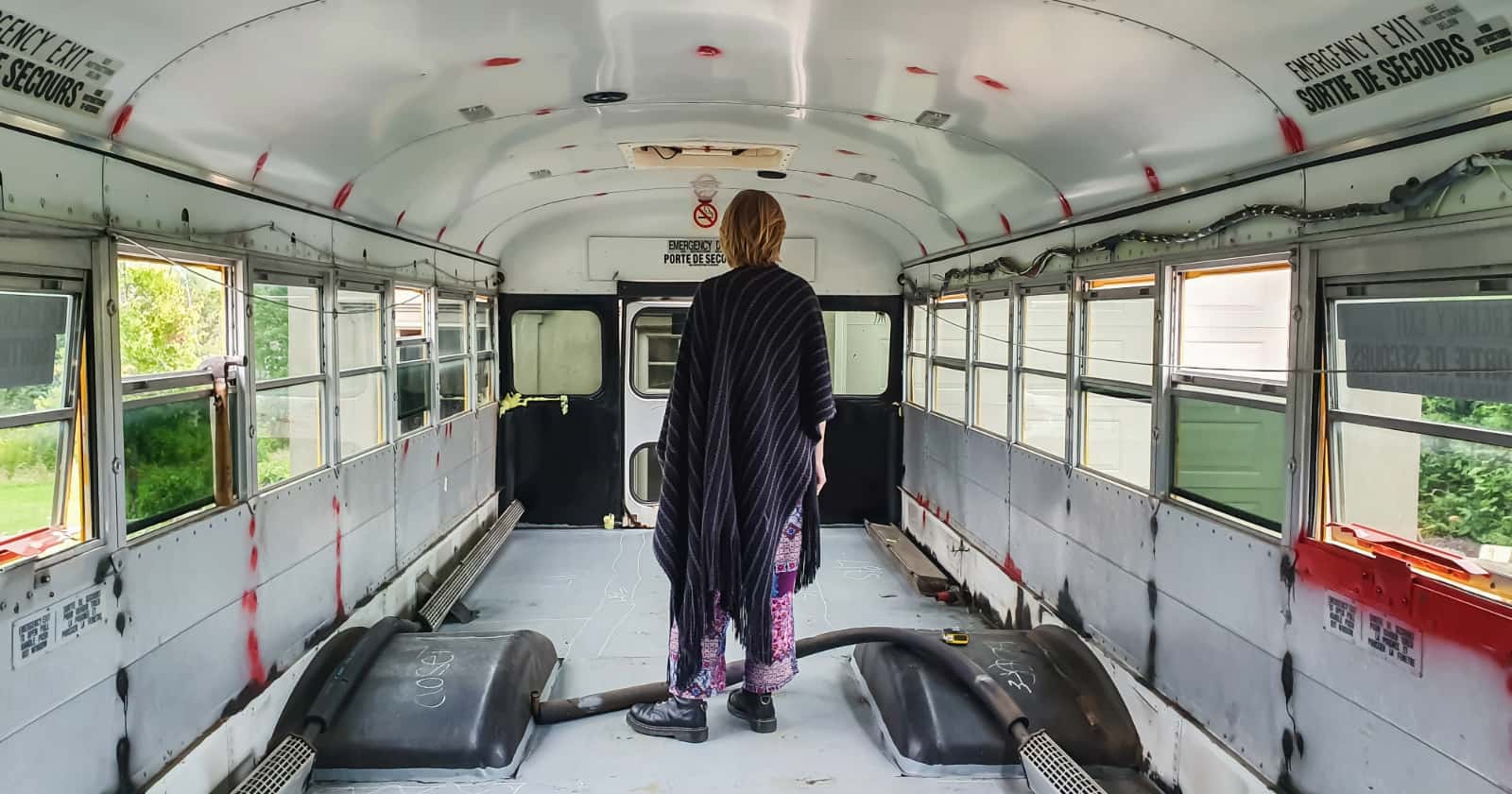
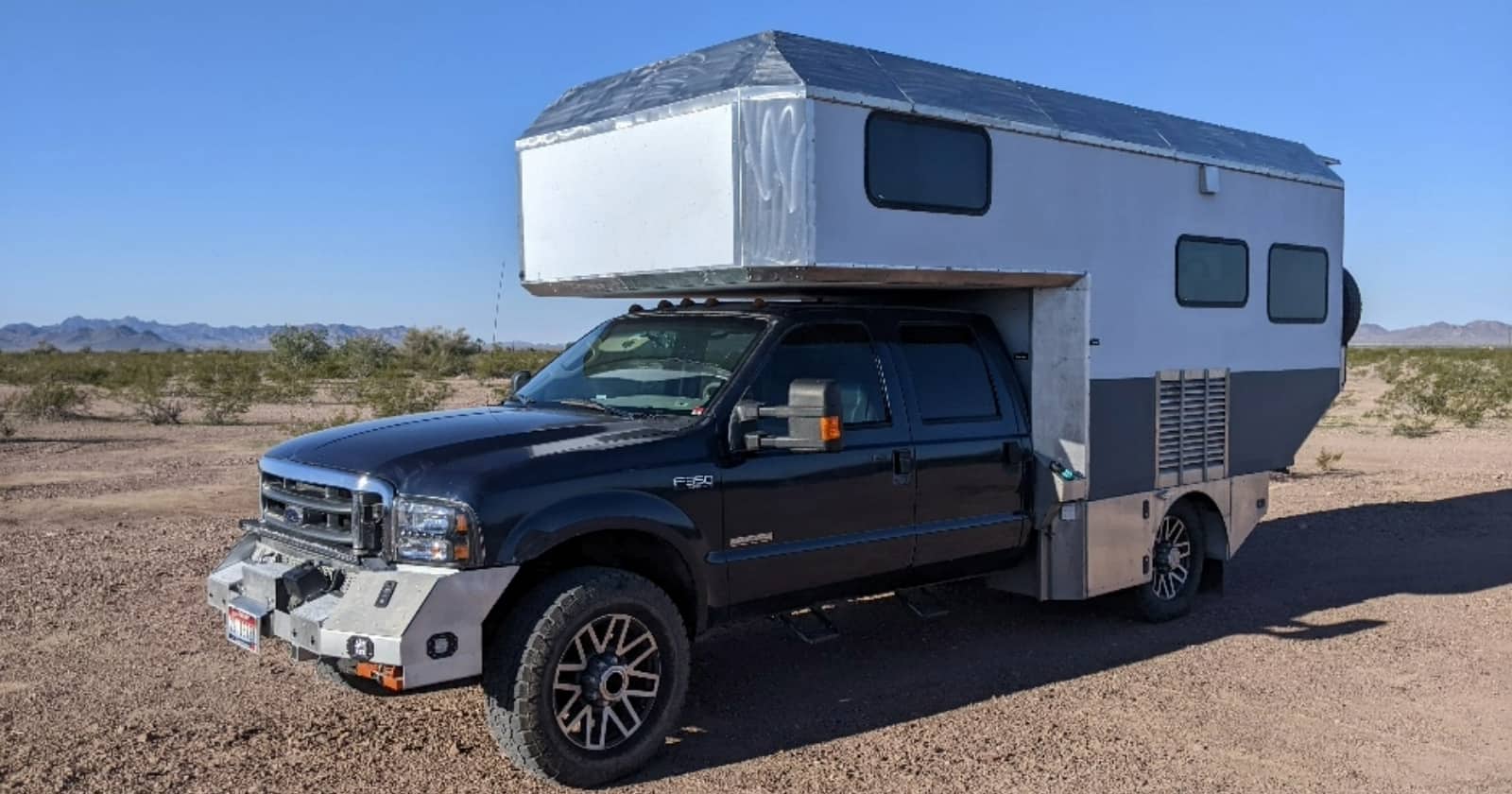

Thanks for letting us know, fixed the link.
Your Ford transit link takes you to the Transit Connect page – wouldn’t the full size transit be a better comparison?